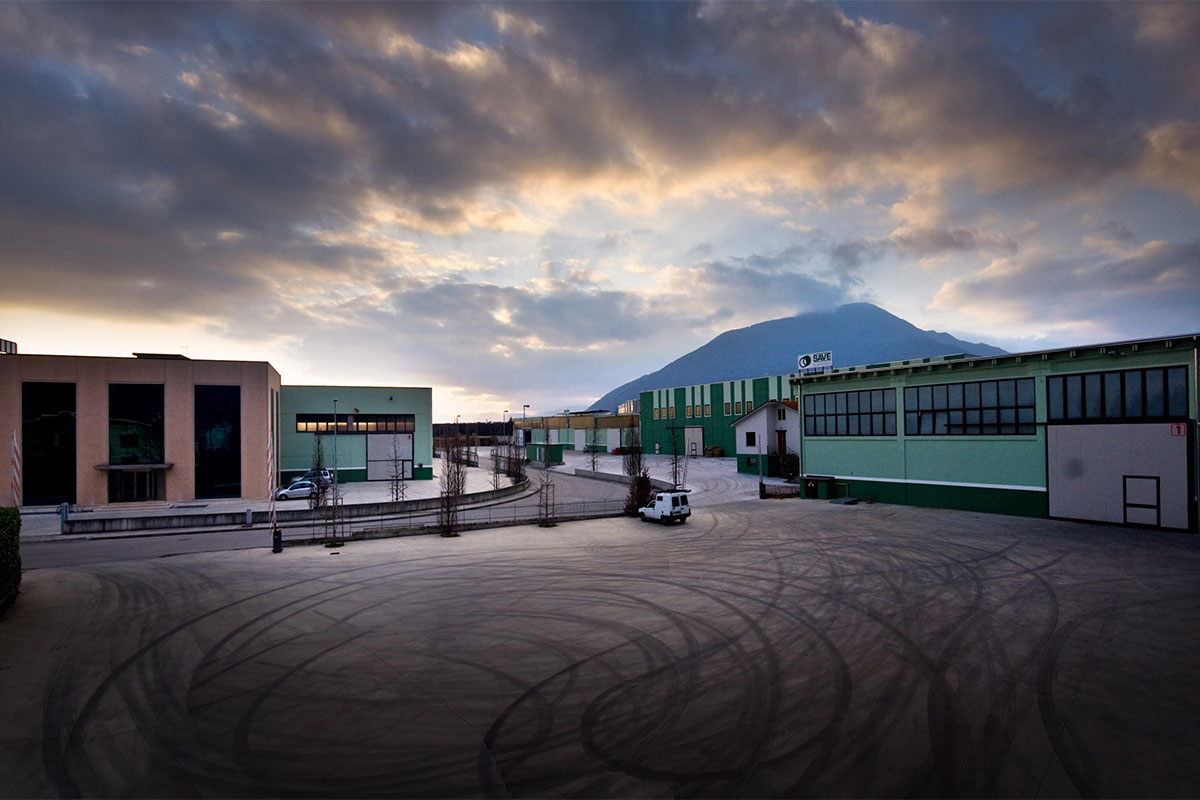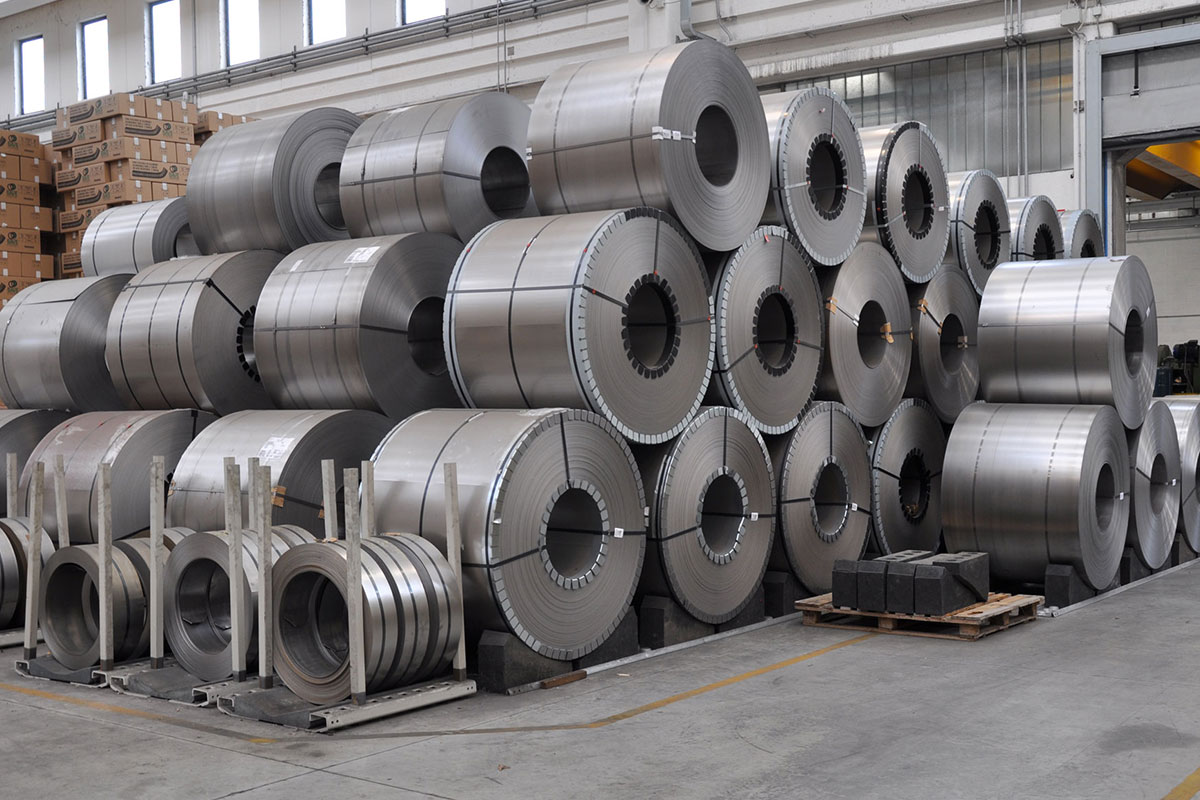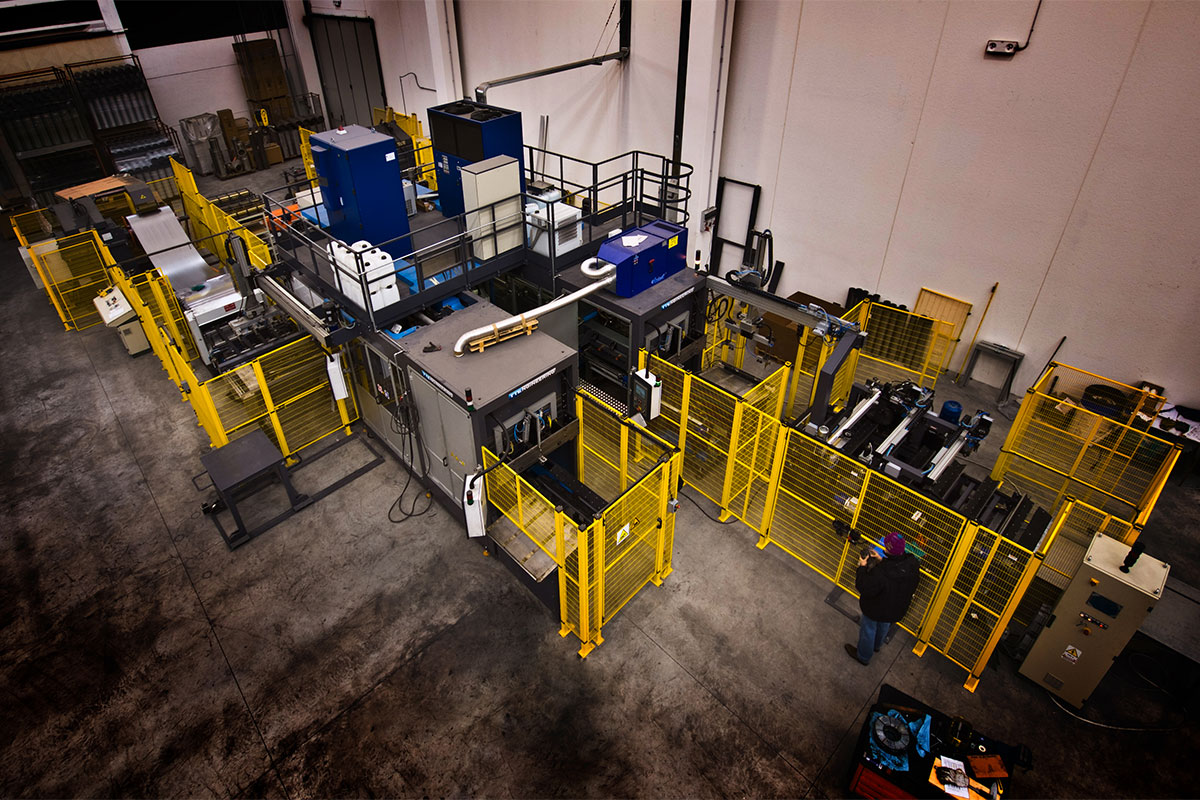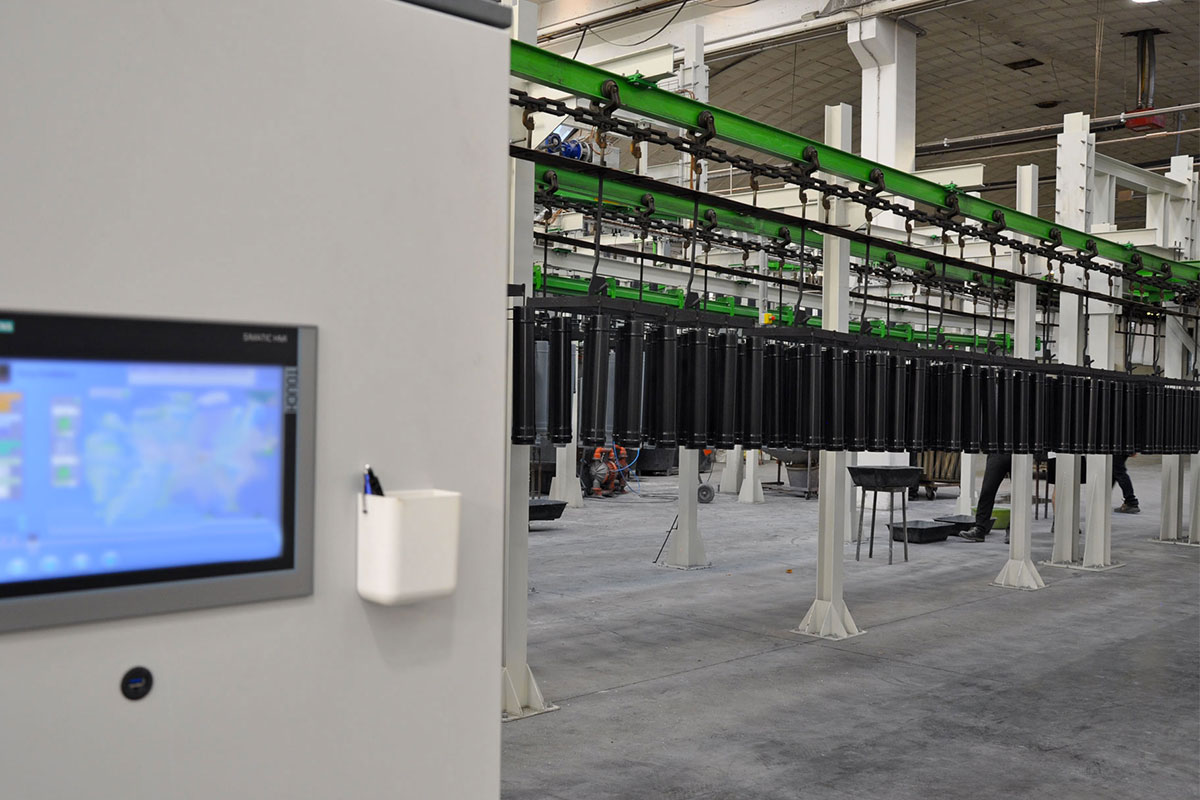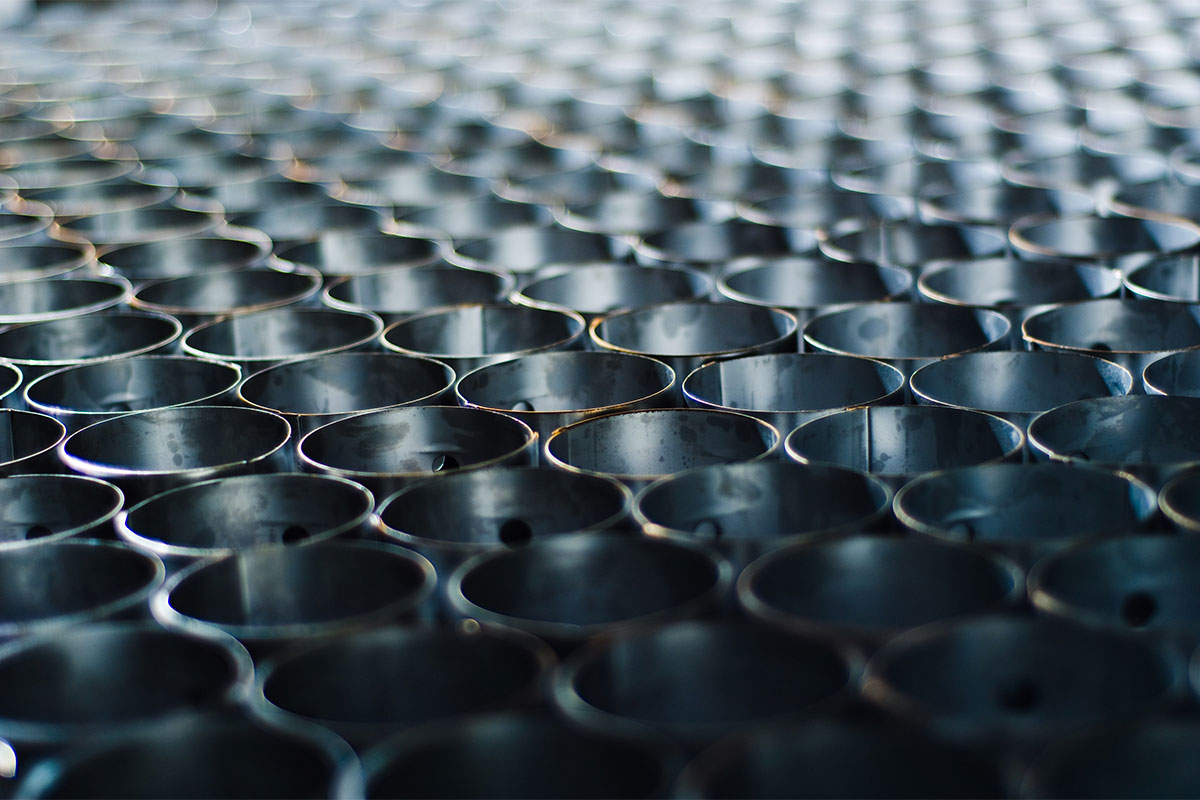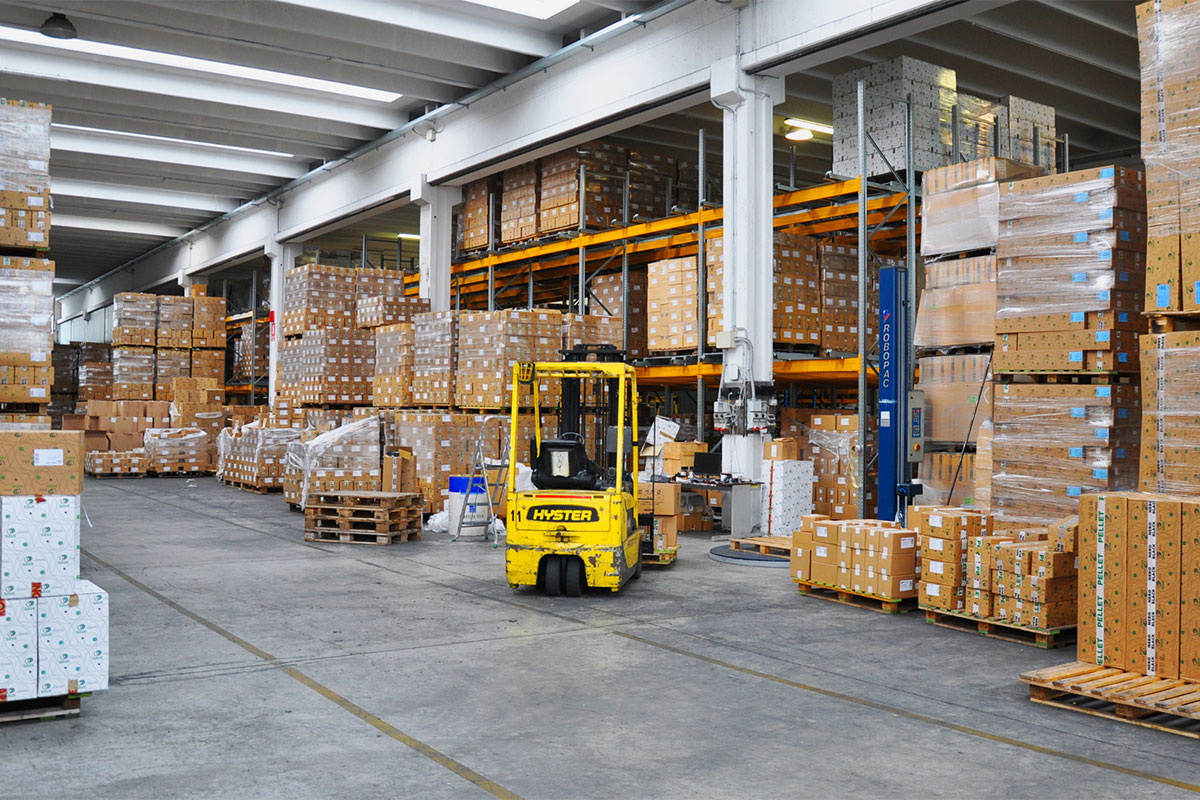Have you got any questions?
Frequently asked questions
Gaskets must be applied only on pipes installed in pellet stoves because they have forced fume expulsion (by means of a fan) that forms a certain pressure inside the pipes. Gaskets must be used to prevent fumes from leaking out of the connections between the various pieces. In wood stoves instead, the fumes are expulsed by natural draught. There is no pressure inside the pipes and for this reason there is no need for gaskets. Also remember that fume temperatures inside wood stoves are usually higher than those in pellet stoves and higher than those that can be withstood by gaskets.
Because obligatory lengths must be respected during installation, the desired adaptation cannot always be obtained using standard pieces or even using telescoping pieces. In this case, straight pieces must be cut. Vitreous enamelled pipes can be easily cut by respecting the following rules:
- use a cutting wheel with slender disks (1 / 1.2 mm);
- apply paper adhesive tape all along the circumference of the cut to be made. Make the cut along the edge of the tape on the side to be discarded, and in this way the tape will both show the right line to follow during cutting and prevent the enamel from splitting off;
Classic pipes are conical, whereas Plus and Pellet pipes are cylindrical. The cut must be made beyond the midpoint of their length in order to permit insertion: for example, if a 40 cm piece is required, it must be cut from a standard 50 cm length pipe. If the same piece were to be cut from a standard 100 cm length tube, it would be impossible to insert it in the other pieces. Whenever the cutting of pipes is not desired, others can be used, such as telescopic pieces. These pipes are often used for insertion in stainless steel flue stacks to the ceiling because they can be easily disconnected for regular cleaning.
Covers and rings are finishing pieces used to conceal the hole required for passage through a wall or connection to a stack inside a wall. These pieces have a diameter that is slightly wider than that of the pipes because regulations prohibit the installation of perfectly horizontal sections and an upward slope of at least a few degrees (3° or 5°) must always be ensured (if the covers and rings were of the exact same diameter the pipe could be inserted only if it were perfectly perpendicular). Furthermore, whenever flue pipes are installed in anti-condensate mode, we are obliged to enter the cover or ring with the female part having a wider diameter.
Every horizontal or oblique duct section and every elbow leads to a decrease in the draught and for such reason must be used prudently. Horizontal sections are also more susceptible to the deposit of soot and this increases the risk of sootfire. In Italy, Standard UNI 10683:12 “Heat generators fed with wood or other solid fuels: verification, installation, inspection, and maintenance” specifies the following installation requirements:
- minimum upward slope: 3%;
- maximum length of horizontal section: 2 meters for Plus 1.2mm and Classic; 4 meters for Pellet;
- changes in direction (elbows and T-pieces): maximum 3;
If the pipes are from the Pellet line, it is also essential to replace the gaskets.
Each product is supplied with a label bearing the relevant DoP number and the website address.

